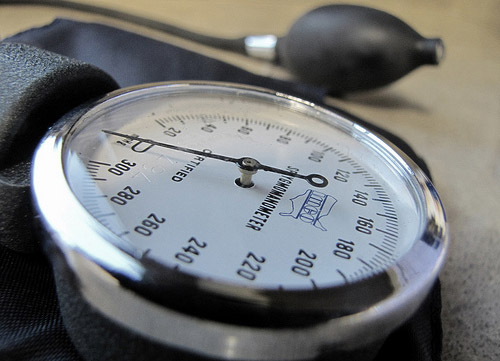
AsianScientist (Apr. 23, 2012) – A new study presented at the World Congress of Cardiology last week has revealed a growing cardiovascular disease epidemic in India: the risk for heart disease is now higher there than in the U.S. and Western Europe.
The Indian Heart Watch (IHW) study, which took place over a five-year period from 2006 2010, assessed 6,000 men and women from 11 Indian cities for the prevalence of different ‘lifestyle’ and biological heart disease risk factors.
“India has the dubious distinction of being known as the coronary and diabetes capital of the world,” said study leader Prof. Prakash Deedwania of the University of California, San Francisco.
“These results show why – and must prompt the government to develop public health strategies that will change lifestyles, if these risk factors are to be controlled,” he urged.
According to the IHW, urban social development is playing a role in the development of CVD risk factors. Risk factors such as smoking, high fat intake, and low fruit/vegetable intake were shown to be more common in less developed cities, while physical inactivity was seen to be more prevalent in highly-developed cities.
In the study, 79 percent of men and 83 percent of women were found to be physically inactive, while 51 percent of men and 48 percent of women were found to have high fat diets.
Some 60 percent of men and 57 percent of women were found to have a low intake of fruit and vegetables, while 12 percent of men and 0.5 percent of women smoke.
Moreover, the prevalance of metabolic risk factors was also found to be high.
Overweight and obesity was reported in 41 percent of men and 45 percent of women. 33 percent of men and 30 percent of women had high blood pressure, while high cholesterol was found in one-quarter of all men and women. Diabetes and/or metabolic syndrome was also reported in 34 percent of men and 37 percent of women.
Better urban planning and overall living conditions are critical to the curb India’s CVD epidemic, said study co-author Dr. Rajeev Gupta, Fortis Escorts Hospital, Jaipur, India.
Beyond that, the government also has to improve healthcare facilities and health literacy, Gupta added.
Indeed, the results of the IHW study showed that even among literate middle-class urban Indians there is a low awareness and control rates of these risk factors.
Of the approximately one-third of study participants found to have hypertension, only about half (57 percent) were aware of their high blood pressure, only 40 percent were on treatment, and only 25 percent had adequate control. This is in contrast to more than 75 percent awareness in most high and middle-income countries, where more than 50 percent of people with high blood pressure are controlled.
——
Source: World Heart Federation; Photo: Curt Carnemark/World Bank.
Disclaimer: This article does not necessarily reflect the views of AsianScientist or its staff.












